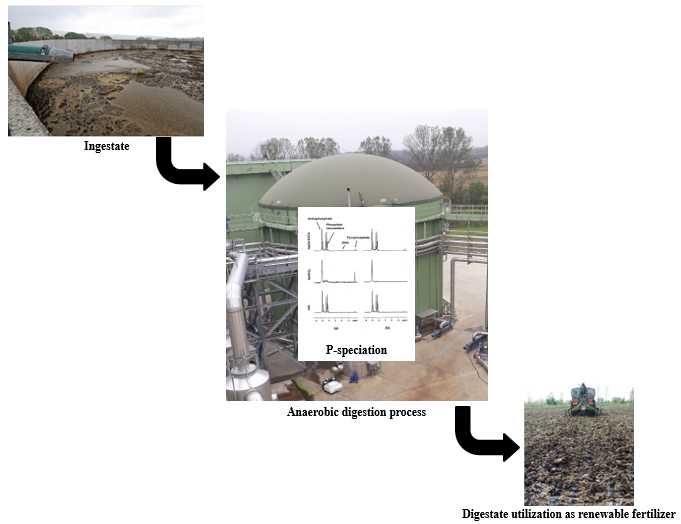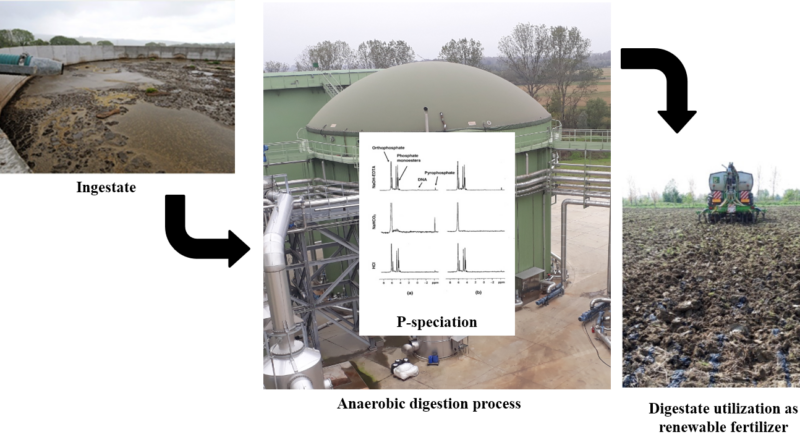PRODUCTION OF RENEWABLE PHOSPHATIC FERTILIZERS FROM ORGANIC WASTE
According to estimates of the FAO the 90% of phosphorous (P) entered in the system as organic and mineral fertilizers is dispersed in the environment causing environment pollution in terms of eutrophication. Consequently, it is difficult to forecast precisely the extent of supplies of phosphate rock to meet P world demand in the long term. The need for fertilizers from renewable sources, such as farm effluents, organic fraction of municipal waste and agro-industry waste, is a very topical issue in the context of sustainable agriculture. From the anaerobic digestion plants a by-product called digestate is obtained, which, properly managed, can effectively replace the common synthetic nitrogen fertilizers. Less attention has been paid to how phosphorus evolves during the anaerobic digestion process. The results obtained through this publication, produced by the Recycle Group in collaboration with researchers from the DEFENS in the POWER project funded by Fondazione Cariplo, suggest that phosphorus speciation in digestate depended above all upon the feed used as ingestate. The most represented species of phosphorus in digestate is orthophosphate and, after mechanical separation of the digestate, the most available portion of phosphorus is concentrated in the liquid fraction. Consequently, the liquid fraction of the digestate is a good candidate as a renewable fertilizer not only for the supply of nitrogen but also for phosphorus.

RIFERIMENTO BIBLIOGRAFICO
Mazzini S., Borgonovo G., Scaglioni L., Bedussi F., D’Imporzano G., Tambone F.*, Adani F., 2020. Phosphorus speciation during anaerobic digestion and subsequent solid/liquid separation. Sci. Tot. Environ., 734, 139284.

